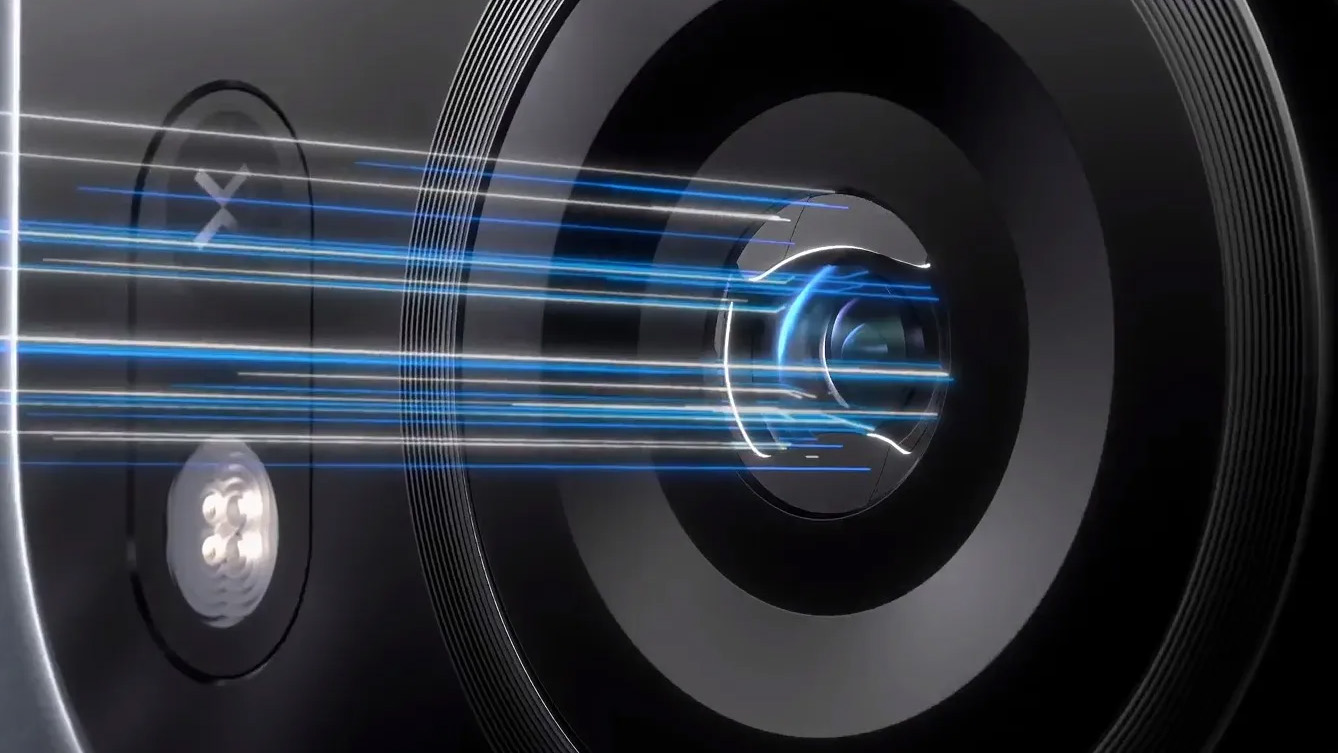An unlikely phone brand is schooling the major players in camera innovation
From liquid lenses to W-shaped apertures, a little-known camera phone brand has some exciting camera developments

Chinese phone brand Tecno has announced it's working on some rather innovative camera hardware. If you're unfamiliar with Tecno (as most of us were before today!), it was founded in 2006 and focuses on producing cost-conscious devices for emerging markets, explaining the brand's lack of availability in the US and western Europe. But this hasn't stopped Tecno from developing some intriguing new camera tech, including a liquid lens suspended within a periscope camera module.
Liquid lenses
A liquid lens in a phone isn't new: we first saw the technology surface in 2021, courtesy of the Xiaomi Mi Mix Fold. The system in this phone worked using a droplet of liquid to refract light, encapsulated in a film membrane. The clever part is the diameter of this flexible lens can be changed by a precision electric motor (in the case of the Mi Mix Fold). By changing the shape of the lens, different focal length and minimum focal distances can be a achieved, all with a single lens element. The advantages are clear in a phone application, where a traditional stack of multiple lens elements would otherwise require an impractically thick phone design.
However, even with a single liquid lens, the extremely tight space within a smartphone body still restricts the amount the lens can deform. Tecno's solution is a first in the phone world: embed the liquid lens within a periscope camera instead. We have a detailed guide explaining periscope lenses, but in a nutshell: take a conventional lens, but rotate it and the image sensor through 90 degrees so both are directed side to side within the phone body, rather than front to back. All you then need to do is add a prism to bounce the light entering the phone around the 90-degree 'corner' and focus it down the sideways lens to the camera sensor.
Not only would a periscope module allow for more linear space for a liquid lens to change shape, it also enables additional zoom range, and it provides more room for accurate focussing, so the lens could also double as a close-range macro module.
The W-shaped aperture
Not content with innovating the camera lens, Tecno has also shown us its interesting take on an aperture diaphragm. Where almost every variable aperture uses a ring of petal-shaped blades, with more blades resulting in a more rounded shape, Tecno is using a W-shaped diaphragm. 'W' is a bit of an exaggeration, as the actual aperture arrangement barely resembles such a shape. Regardless, Tecno claims the W-shaped aperture will reduce glare and better control the amount of light reaching the sensor.
But it's unclear whether Tecno is claiming this new aperture system is superior to a conventionally-shaped variable aperture, or no variable aperture diaphragm at all. As the vast majority of camera phones use a fixed aperture, a W-shaped variable aperture would certainly be better at controlling light intake than nothing at all, but not necessarily superior to a conventional petal-shaped diaphragm. It could be assumed that a W-shaped aperture is simply favored in phone applications for being a more compact solution.
Universal Tone
Lastly, Tecno is doubling down on its commitment to portrait photography. The Tecno Phantom X2 Pro won GSMArena's best smartphone portrait camera in 2022, and since then the brand has developed a new image processing system designed to capture more accurate skin tones. Dubbed Universal Tone, the system does away with existing - supposedly biased - data pools, and instead uses its own "unbiased data" to create better skin tone rendition, regardless of ethnicity. Universal Tone was actually announced in October - here's our full guide explaining the technology in more detail.
The best camera deals, reviews, product advice, and unmissable photography news, direct to your inbox!
While these innovations certainly sound great, it's not yet clear when we're likely to see them appear in actual retail phones, or whether such phones will ever be sold in Western markets.
Story credit: Digital Trends
Ben is the Imaging Labs manager, responsible for all the testing on Digital Camera World and across the entire photography portfolio at Future. Whether he's in the lab testing the sharpness of new lenses, the resolution of the latest image sensors, the zoom range of monster bridge cameras or even the latest camera phones, Ben is our go-to guy for technical insight. He's also the team's man-at-arms when it comes to camera bags, filters, memory cards, and all manner of camera accessories – his lab is a bit like the Batcave of photography! With years of experience trialling and testing kit, he's a human encyclopedia of benchmarks when it comes to recommending the best buys.





